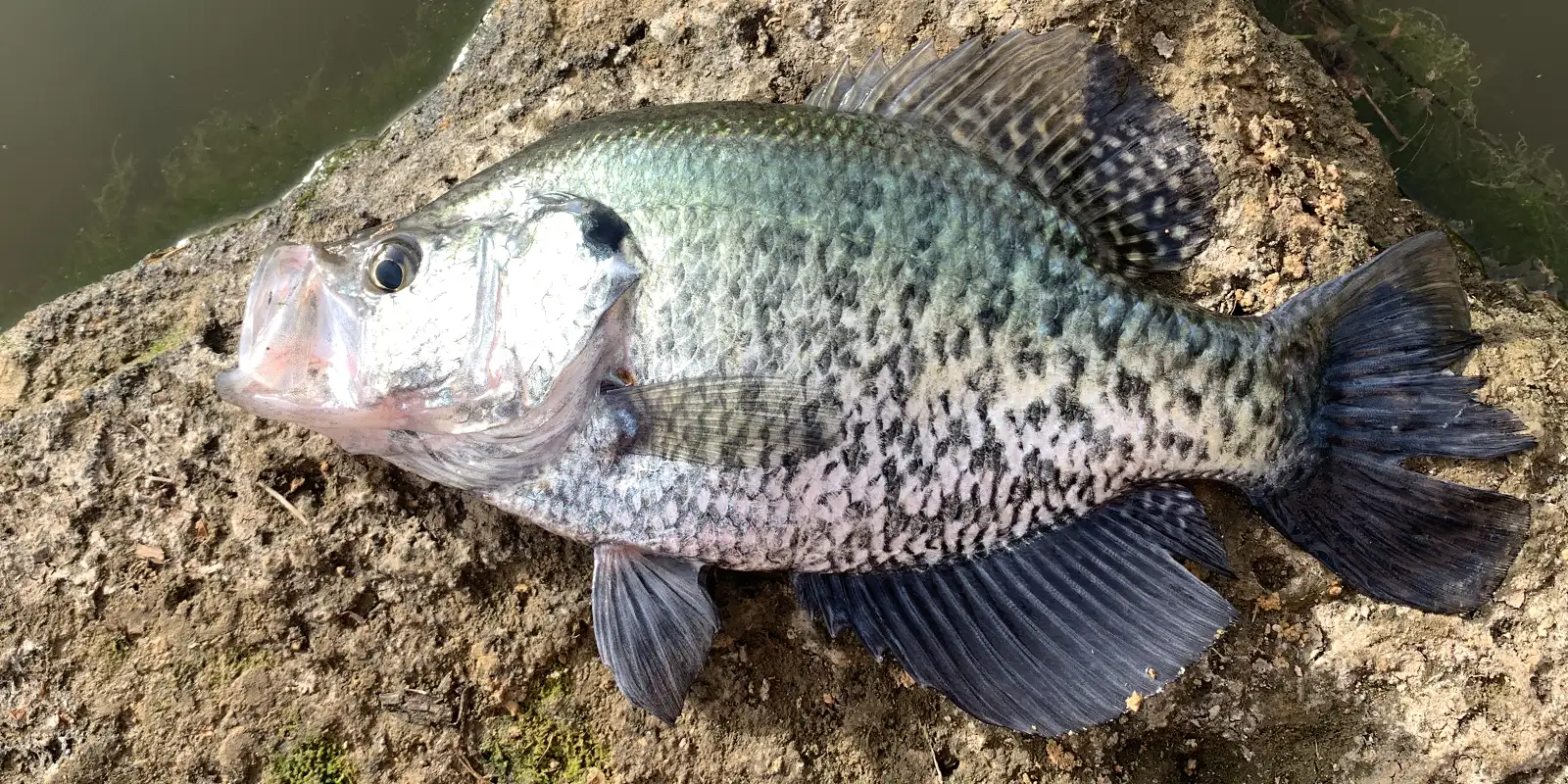Crappie prove a year-round catch with crappie spawning season the most productive and exciting catches. One female crappie is capable of laying 20,000 to 25,000 eggs at a time and can lay eggs more than once a year depending on your climate. In this case, the male will stay shallow and guard more than one spawn bed for months.
Crappie feed on small baitfish like minnows and . threadfin and gizzard shad. zooplankton insect larvae, like mayfly larvae,
How Do You Attract Crappie to an Area?
Brush Pile Crappie Fishing
The time of the day and location of the sun will influence what part or side of the brush pile the crappie will be on. Moving to the backside of a brush pile will change the bait’s moment relative to the direction of sunlight or direction of the wind.
cast to brush piles from a distance away or vertically drop the lure. Vertically can be a straight drop or allowing it to swing freely like a pendulum directly under the rod, suspending above or into the brush pile, depending on where the crappie are positioned.”
If the crappie are tighter in cover, let the lure sink to the bottom, then reel it back slowly while lightly bumping into the branches.
start at the base inside the brush pile and work your way up, using a start and stop motion and allowing the lure to fall through the brush pile.
Brush Piles and Buoy Markers
Use a marker buoy. they are reliable.
Drop the marker buoy next to the brush pile not in it.
Move 30- to 50-feet away from the marker buoy before fishing it, so you don’t spook the fish. then move in slowly
Hid your buoy.Buy a drab buoy or spray paint your marker a dark color to keep other anglers from seeing your marker buoy so easily.
Crappie Bait
Crappie are predators that feed on small baitfish such as minnows and shad. Although they are predators, they are not aggressive, choosing to lie in wait to ambush its prey as it swims close by. With this in mind it stands to reason that if you can attract the prey species that crappie feed on, then the crappie will be close by. That’s where the baiting comes in to play. Bait crappie bait at your brush pile, then let them bait your crappie, they you bait your crappy again.
First of all, with these unique ways to bait crappie, you need to find out if they are legally allowed in your region and state.
One tip is to bait an area (legal in TX as far as I know), stuff alfalfa pellets (cow feed) into old pantyhose with some rocks, drop into an area and it will dissolve over time, drawing in bait fish and then crappie.
Once crappie are located, similar areas in the same vicinity should produce more fish. A graph recorder is excellent for locating fish around submerged structures such as creek channels or vegetation.
Crappie Night Fishing
One other tip is to fish a lighted dock at night. Light on the water brings in bait fish, and eventually crappie too. We used to do this in the summer on Ray Roberts, usually start hitting around 10pm 2 hrs after sunset and spotlight being on.
TPWD-As the water warms in the summer, crappie move out to deeper water and congregate just above the thermocline, where the water temperature starts to decline rapidly. During this time, night fishing is highly productive. Hang a light over the water near the mouth of a cove, near a creek channel, in flooded timber or around islands or points in 15 to 25 feet of water. Fish near the bottom with live minnows or small jigs. Raising the bait slowly through the water can help locate fish.
In the fall, crappie move back to shallower water, but not usually less than 10 feet deep. During the winter, they often gather in schools suspended 20 to 30 feet deep or deeper over structure, such as a ridge or river channel. These fish are hard to locate and will
often bite only at certain times. Some excellent winter fishing is available around lighted and baited fishing piers.
Lures and Crappie Fishing
Crappie can be caught with most kinds of fishing tackle from cane poles to ultralight spinning tackle to fly rods. The best live bait for crappie is a medium-size minnow. Best artificial lures include various types of jigs and small spinners ranging from 1/32 to 1/8 ounce. Crappie will take almost any color or combination of colors available on the market. Marabou, hair and plastic jigs all produce good results. Bigger crappie are often taken on crank baits, larger spinners and plastic worms.







